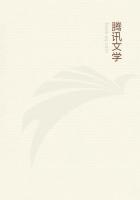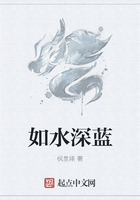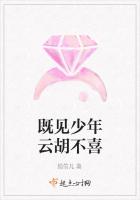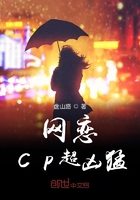He is averse to ascribing a capacity of attraction to space, or to any hypothetical medium supposed to fill space. He therefore inclines, but still with caution, to the opinion that the action of a magnet upon bismuth is a true and absolute repulsion, and not merely the result of differential attraction. And then he clearly states a theoretic view sufficient to account for the phenomena.
'Theoretically,' he says, 'an explanation of the movements of the diamagnetic bodies, and all the dynamic phenomena consequent upon the action of magnets upon them, might be offered in the supposition that magnetic induction caused in them a contrary state to that which it produced in ordinary matter.' That is to say, while in ordinary magnetic influence the exciting pole excites adjacent to itself the contrary magnetism, in diamagnetic bodies the adjacent magnetism is the same as that of the exciting pole. This theory of reversed polarity, however, does not appear to have ever laid deep hold of Faraday's mind; and his own experiments failed to give any evidence of its truth. He therefore subsequently abandoned it, and maintained the non-polarity of the diamagnetic force.
He then entered a new, though related field of inquiry. Having dealt with the metals and their compounds, and having classified all of them that came within the range of his observation under the two heads magnetic and diamagnetic, he began the investigation of the phenomena presented by crystals when subjected to magnetic power.
This action of crystals had been in part theoretically predicted by Poisson, and actually discovered by Plucker, whose beautiful results, at the period which we have now reached, profoundly interested all scientific men. Faraday had been frequently puzzled by the deportment of bismuth, a highly crystalline metal. Sometimes elongated masses of the substance refused to set equatorially, sometimes they set persistently oblique, and sometimes even, like a magnetic body, from pole to pole.
'The effect,' he says, 'occurs at a single pole; and it is then striking to observe a long piece of a substance so diamagnetic as bismuth repelled, and yet at the same moment set round with force, axially, or end on, as a piece of magnetic substance would do.'
The effect perplexed him; and in his efforts to release himself from this perplexity, no feature of this new manifestation of force escaped his attention. His experiments are described in a memoir communicated to the Royal Society on December 7, 1848.
I have worked long myself at magne-crystallic action, amid all the light of Faraday's and Plucker's researches. The papers now before me were objects of daily and nightly study with me eighteen or nineteen years ago; but even now, though their perusal is but the last of a series of repetitions, they astonish me. Every circumstance connected with the subject; every shade of deportment; every variation in the energy of the action; almost every application which could possibly be made of magnetism to bring out in detail the character of this new force, is minutely described.
The field is swept clean, and hardly anything experimental is left for the gleaner. The phenomena, he concludes, are altogether different from those of magnetism or diamagnetism: they would appear, in fact, to present to us 'a new force, or a new form of force, in the molecules of matter,' which, for convenience sake, he designates by a new word, as 'the magne-crystallic force.'
He looks at the crystal acted upon by the magnet. From its mass he passes, in idea, to its atoms, and he asks himself whether the power which can thus seize upon the crystalline molecules, after they have been fixed in their proper positions by crystallizing force, may not, when they are free, be able to determine their arrangement?
He, therefore, liberates the atoms by fusing the bismuth. He places the fused substance between the poles of an electro-magnet, powerfully excited; but he fails to detect any action. I think it cannot be doubted that an action is exerted here, that a true cause comes into play; but its magnitude is not such as sensibly to interfere with the force of crystallization, which, in comparison with the diamagnetic force, is enormous. 'Perhaps,' adds Faraday, 'if a longer time were allowed, and a permanent magnet used, a better result might be obtained. I had built many hopes upon the process.' This expression, and his writings abound in such, illustrates what has been already said regarding his experiments being suggested and guided by his theoretic conceptions. His mind was full of hopes and hypotheses, but he always brought them to an experimental test. The record of his planned and executed experiments would, I doubt not, show a high ratio of hopes disappointed to hopes fulfilled; but every case of fulfilment abolished all memory of defeat; disappointment was swallowed up in victory.
After the description of the general character of this new force, Faraday states with the emphasis here reproduced its mode of action:



